Hey and welcome!
The beauty of education lies not just in the knowledge it imparts, but also in the doors it opens for us. However, with these opportunities often comes the challenge of accumulating debt.
And whether you’re planning ahead for your child’s future, seeking grants and scholarships to alleviate the financial strain, or dealing with student loan repayments, understanding how taxes come into play in these situations is paramount.
So, let’s start at the beginning and work our way through them, shall we?
Education Savings Plans
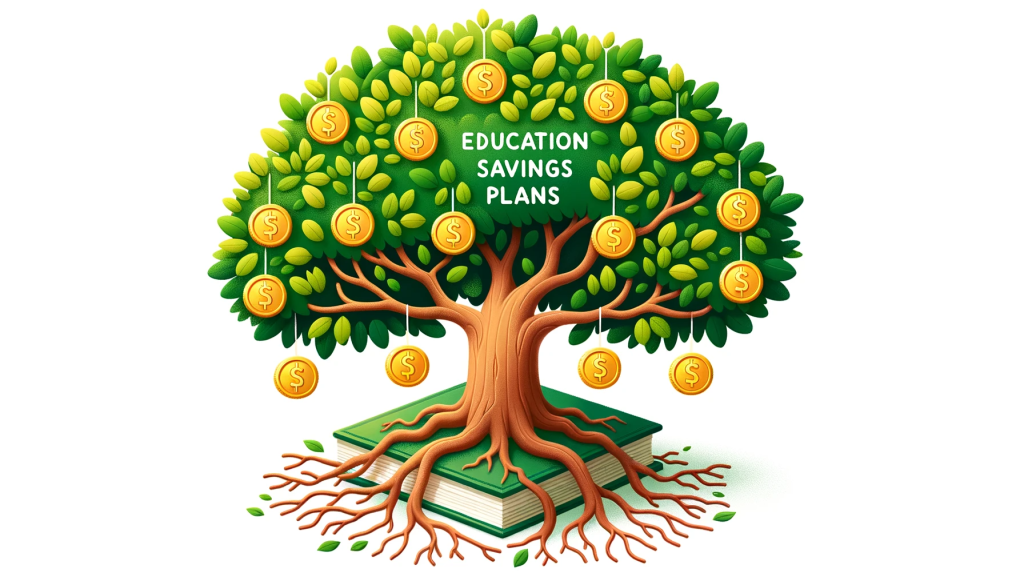
529 College Savings Plans
Think of this as a special savings account just for education expenses. The money you put in grows tax-free, and when you take it out for school costs, there aren’t any tax penalties.
This is an excellent way for parents, grandparents, or even generous aunts and uncles to help give a child a headstart by setting them on the path to a debt-free education.
What’s more, many states offer state income tax deductions or credits for contributions made to their state’s 529 plan, so you should check your state’s tax provisions.
Coverdell Education Savings Account (ESA)
Another nifty savings option. With an ESA, you can put away up to $2,000 a year, and it grows tax-free.
The best part? You can use it for both primary (elementary and middle school) and secondary (high school) education expenses, not just college.
Note that contributions to an ESA are not tax-deductible – this means you can’t claim a tax deduction for the money you put into the account.
Grants, Scholarships, and Taxes
Scholarships and Fellowships: Scholarships are funds that you don’t have to repay. Generally, money used for tuition, fees, or books is tax-free. However, the funds might be taxed if used for other expenses.
Grants: These are often need-based funds. When used for tuition, fees, or other qualifying expenses, they’re typically tax-free. But if used for non-qualifying expenses, such as room and board, they might be taxable.
If you have to repay part of a grant because you didn’t fulfill some condition or another, the amount you repay might be deductible for that tax year.
Work-study earnings: These programs offer students part-time jobs. Earnings are taxable, just like any other job.
Student Loan Deductions & Credits
Student loan interest deduction: As you start repaying your student loans, there’s a silver lining: the interest you’re paying can be claimed as a deduction. Every year, if you’ve paid over $600 in interest, your servicer will send you a Form 1098-E, detailing the interest paid for the year. This can potentially reduce your taxable income by up to $2,500, depending on how much you’ve paid that year in interest.
It’s worth noting that if you continue to make voluntary interest payments during a period of forbearance or deferment, that interest can still qualify for the student loan interest deduction.
There are also two higher education tax credits: the American Opportunity Credit, and the Lifetime Learning Credit.
The American Opportunity Credit is available for the first four years of higher education. You can claim up to $2,500 per eligible student, and up to $1,000 of this amount might be refundable. Qualified expenses include tuition, fees, and course materials.
Unlike the American Opportunity Credit, which has a four-year limit, the Lifetime Learning Credit is available for all years of postsecondary education and for courses to acquire or improve job skills. It offers up to $2,000 per tax return, but it’s non-refundable. Qualified expenses include tuition and fees, but not room and board.
Loan Forgiveness and Cancellation
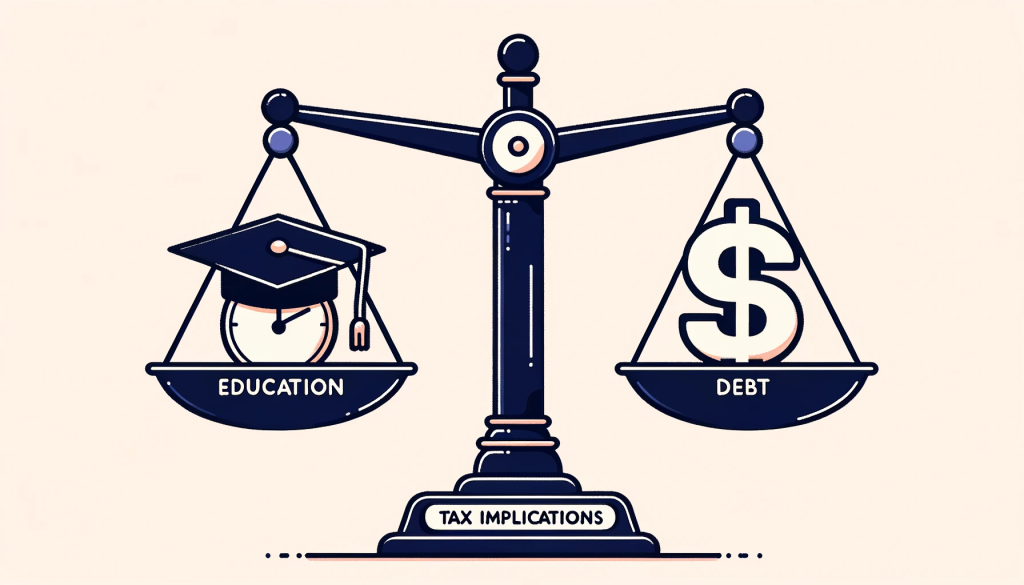
There are four types of income driven repayment plans (IDRs):
- The Income Contingent Repayment Plan (ICR)
- The Pay As You Earn Plan (PAYE)
- The Income Based Repayment Plan (IBR)
- And the new SAVE plan, or ‘Saving on A Valuable Education’ (formerly REPAYE Plan)
These plans all have a few things in common:
- Monthly repayments are calculated based on your AGI and family size.
- They must be recertified once a year.
- These plans generally offer debt forgiveness after 20 or 25 years.
Tax Implications for Income-Driven Plans: Typically, forgiven loan amounts under IDR are taxable. However, the American Rescue Plan Act of 2021 temporarily changed this. Until 2025, these amounts aren’t federally taxed. Stay updated post-2025!
Public Service Loan Forgiveness (PSLF): If you work at least 30 hours/week on average for a government or non-profit organization, you may qualify for Public Service Loan Forgiveness. To receive a PSLF discharge, you must first reach 120 qualifying payments.
Tax Implications: The good news is that PSLF forgiveness amounts are not taxed at the federal level so you do not need to report it as income on your tax return. The meh news is that some states may tax it.
Canceled Student Loan Debt: If a lender cancels part of your debt, rejoice! But the IRS will typically consider the canceled amount as taxable income. You might receive Form 1099-C to report on your tax return.
Consolidation & Refinancing
Consolidating Federal Loans:
- Consolidation combines multiple federal loans into one loan with a fixed interest rate.
- Interest on consolidated loans remains deductible.
- Prior payments towards loan forgiveness might not count after consolidating.
Refinancing with Private Lenders:
- Refinancing may offer better interest rates.
- Refinancing federal loans with private lenders means losing federal protections.
- Interest on refinanced loans may remain deductible.
Defaulting on Student Loans
Impact on Tax Refunds: If you default on a federal student loan, the government might snag your tax refund to help pay it off.
This process, known as a tax offset, means the IRS can withhold your refund to cover your unpaid student loan debt. You’ll receive a notice if this happens, giving you a chance to challenge the offset if you believe there’s been a mistake.
Rehabilitation Agreements: Defaulting isn’t a point of no return – you can still get back on track with a rehabilitation agreement. This involves making a series of agreed-upon payments to get out of default. Once you successfully complete the rehabilitation, the default is lifted, and the tax offset stops.
Plus, after completing rehabilitation, you’ll regain eligibility for benefits like loan deferment.
Expert Guidance with FileSmart

Understanding the intricacies of student loans and their tax implications can be overwhelming, but you don’t have to tackle it alone. Just as education is an investment in your future, so is having the right support to manage its financial aspects.
FileSmart’s team of expert tax professionals is dedicated to guiding you through every step, ensuring you make the most informed decisions for your unique situation. With their expertise at your fingertips, managing your student loans and understanding their tax nuances becomes a simple task.
Ready to get the help you need to stay stress-free? Click here to get started with FileSmart today.



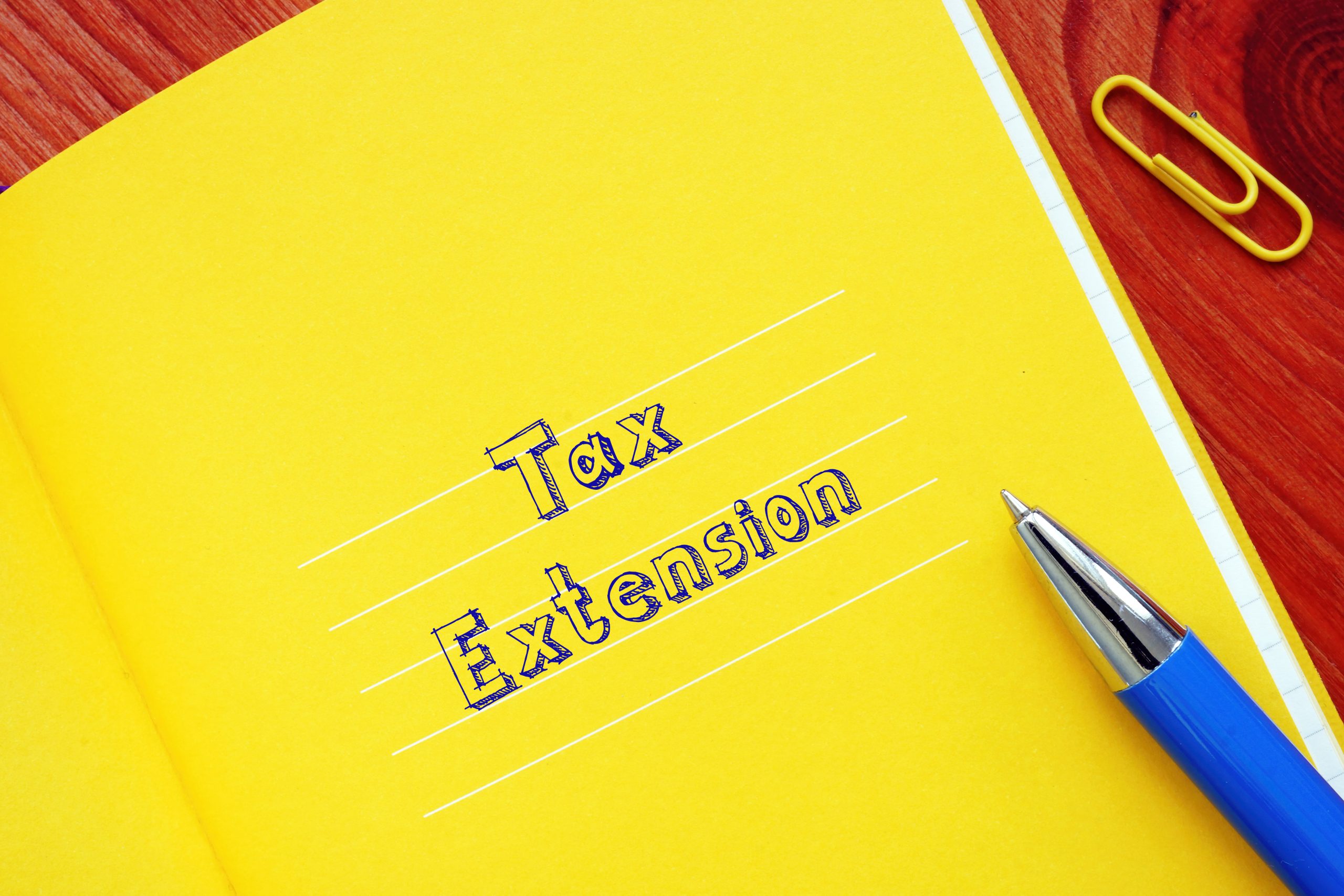




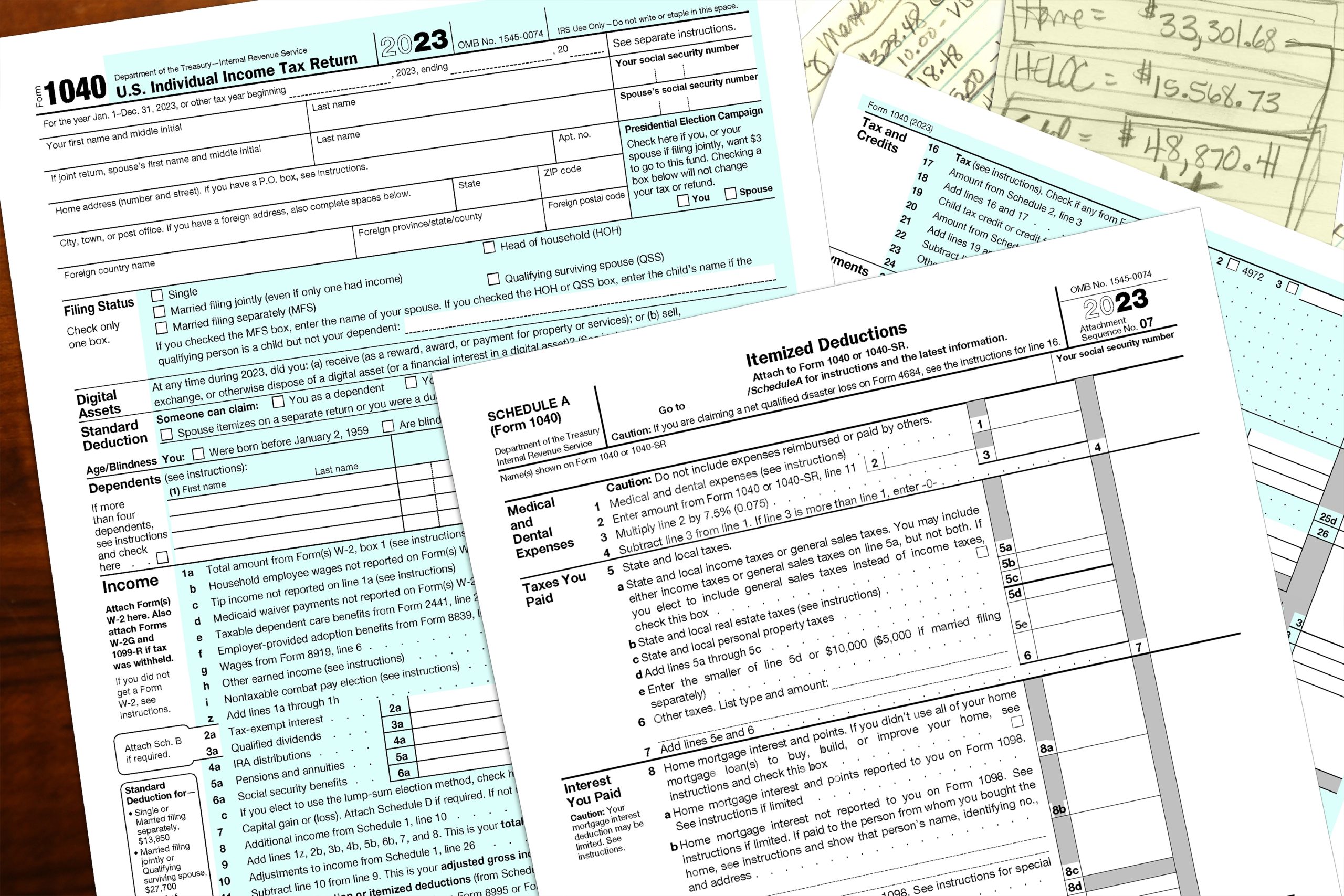
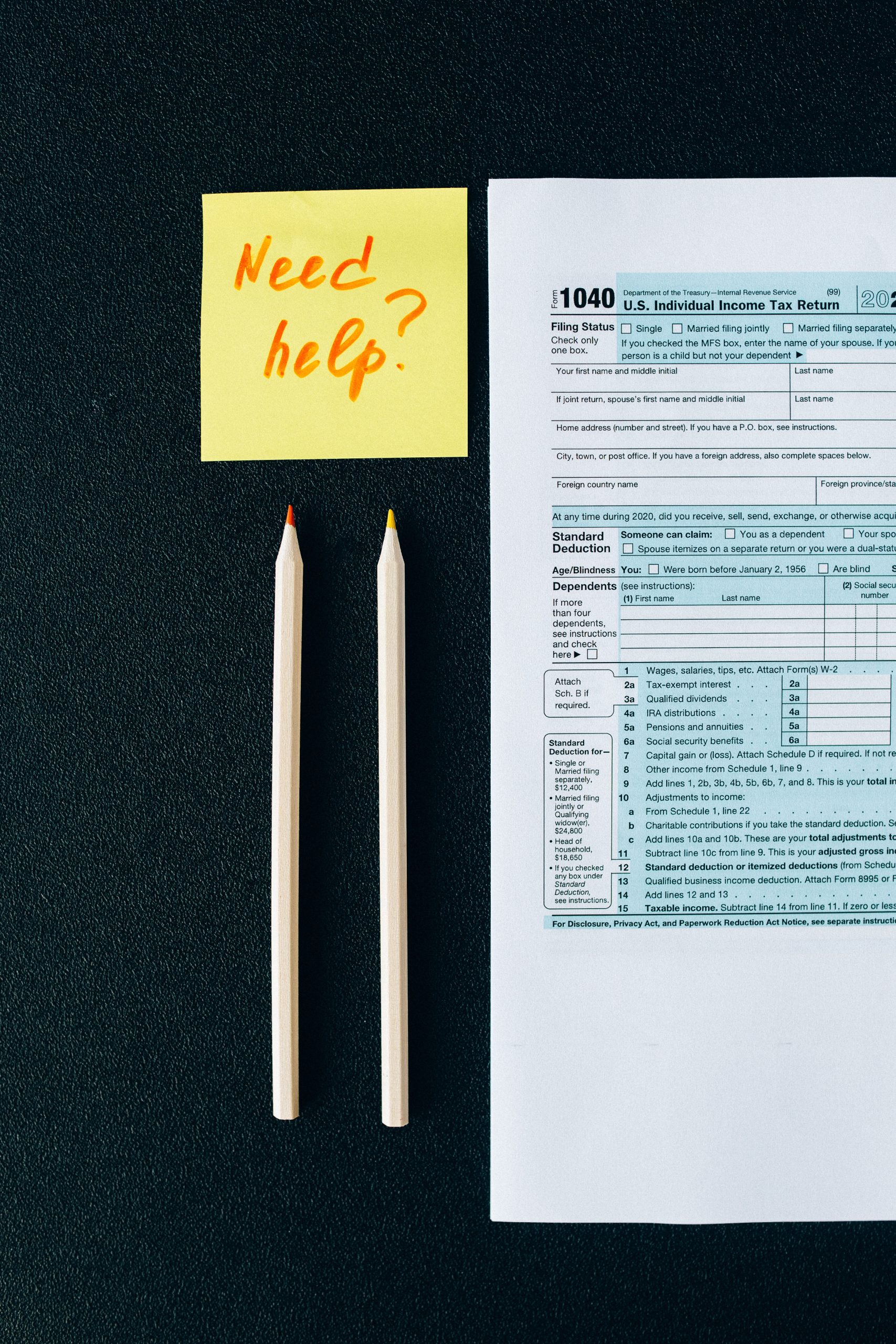





















0